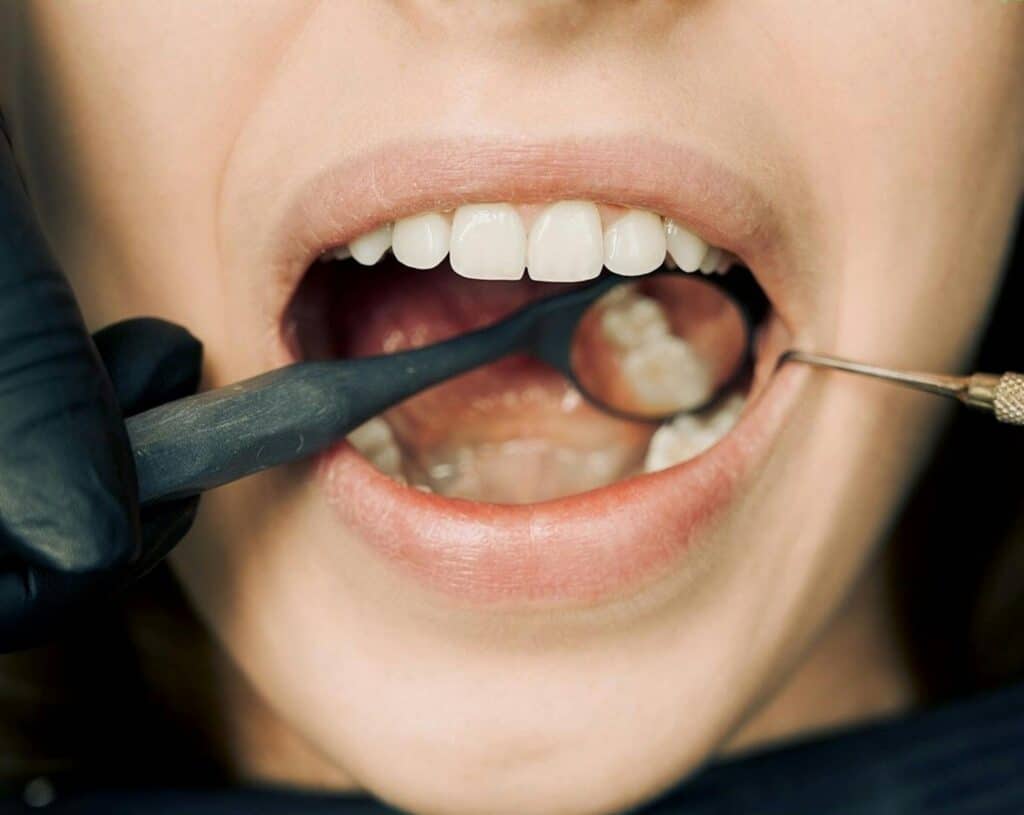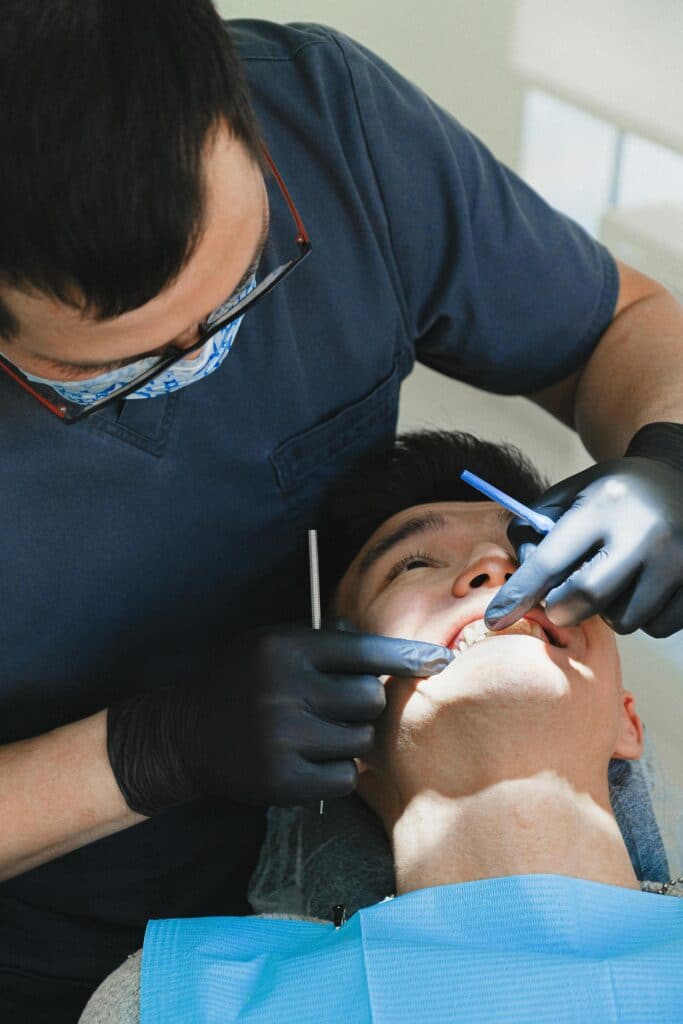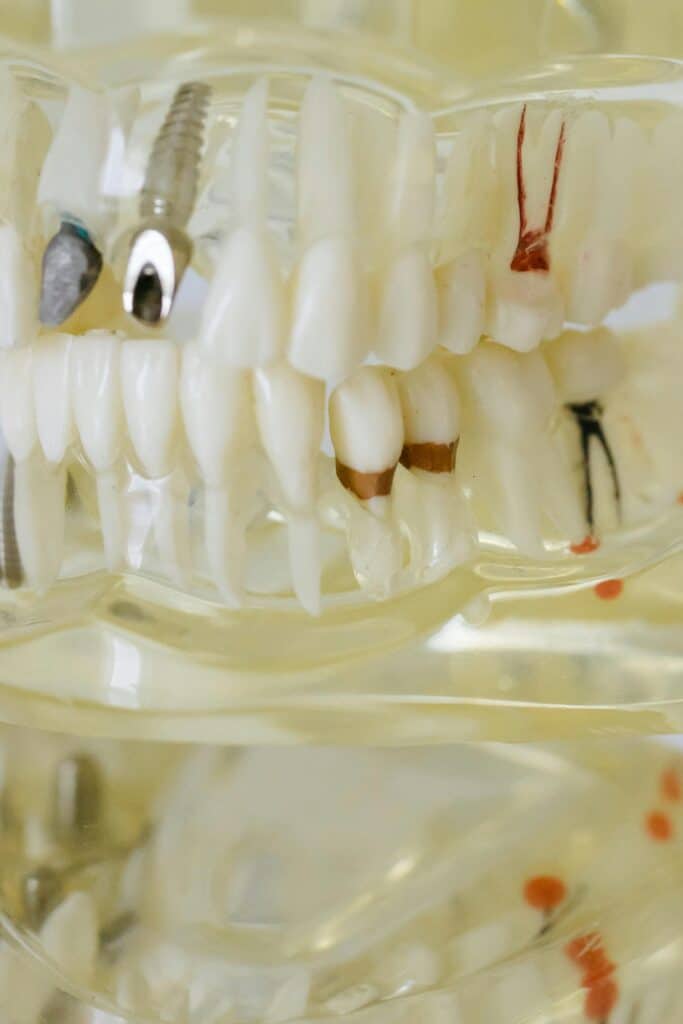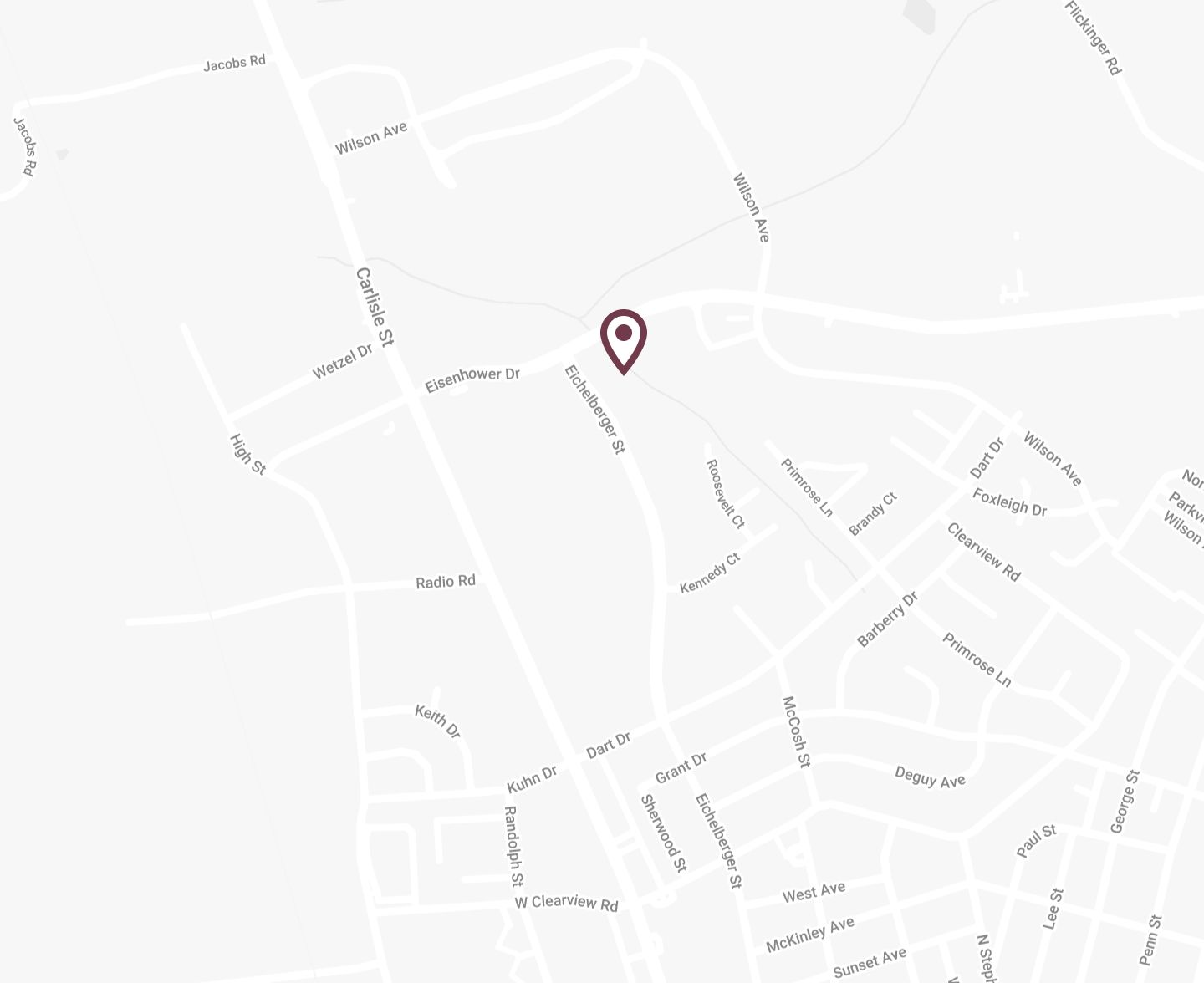Persistent bad breath (also called halitosis) usually means there’s more going on than leftover toothpaste foam. The good news? When you know the true cause, you can fix it.
| MYTH | TRUTH |
| Myth: Bad breath means I’m not brushing hard enough. | Truth: Over‑brushing can irritate gums and worsen odors linked to inflammation. |
| Myth: Mouthwash cures halitosis. | Truth: Most rinses mask smells for an hour or two. You need to remove the cause. |
| Myth: If my breath is bad, I’ll know it. | Truth: Olfactory adaptation means your nose “tunes out” your own odors. |
Inflamed gums harbor bacteria that release volatile sulfur compounds (VSCs). If flossing makes your gums bleed, or your teeth look “longer,” gum disease could be the driver.
Solution: A deep cleaning and home‑care coaching stop the bacterial cycle. Explore prevention and hygiene options in our Preventative Dentistry overview.
Your tongue’s tiny papillae trap food debris and bacteria. Brushing teeth alone leaves it untouched.
What helps: Use a dedicated tongue scraper daily and refresh your routine with simple, dentist‑approved tweaks from this article: Preventive Dentistry: How You Can Help Your Teeth at Home.
Pro tip: Clean from back to front with gentle pressure; rinsing alone won’t break the biofilm.
Decay, fractured teeth, and aging fillings can trap plaque and food deep below the surface.
Solution: A dental exam with X‑rays reveals covert trouble spots. If revealed, potential solutions can be done through Restorative Dentistry.
Tell‑tale signs: Bad taste on one side, food catching in the same spot, floss shreds between certain teeth.

High‑sugar snacks fuel odor‑producing bacteria. Acid reflux (GERD) brings stomach acids—and smells—into the mouth.
What helps: Time acidic foods with meals, rinse with water afterward, don’t brush for 30 minutes post‑acid, and talk to your physician about reflux care. If erosion or sensitivity has started, discuss protective treatments during a Preventative Dentistry visit.
Smoke and vapor dry the mouth and coat tissues with sticky residues that cling to odor molecules. They also worsen gum disease.
What helps: Quitting is the strongest move. For a deeper look at oral effects—and motivation to stop—read The Impact of Smoking on Your Teeth and Skin.


A thorough cleaning clears plaque, tartar, and biofilm—especially under the gums where smell‑makers live. If disease is present, scaling and root planing (deep cleaning) reduces pockets and bacteria.


We remove bacteria‑trapping defects and restore smooth, sealed surfaces.
For more home‑care wins, steal ideas from this at‑home guide.

Morning (2–3 minutes)
Mid‑Day (30 seconds)
Water rinse + xylitol gum after coffee or meals
Night (3 minutes)
A fresh‑breath plan starts with detective work. During a focused visit we may:
If cavities, cracks, or failing work are found, we’ll map out repairs using options from Restorative Dentistry (fillings, onlays, crowns) to remove odor sources for good.
Ready to Solve Bad Breath for Good?
If you’re tired of mints and quick fixes, schedule a targeted visit with our hygiene and restorative team. We’ll pinpoint the cause and build a plan that lasts.
👉 Start here: book a fresh‑breath evaluation, or send questions through our Appointment Request form—our team replies quickly.
Facial32 Dental Esthetics is here to help you smile, speak, and get close with confidence again.

Looking for a family dentist in Hanover or Littlestown? We recommend Family Smiles Dentistry!